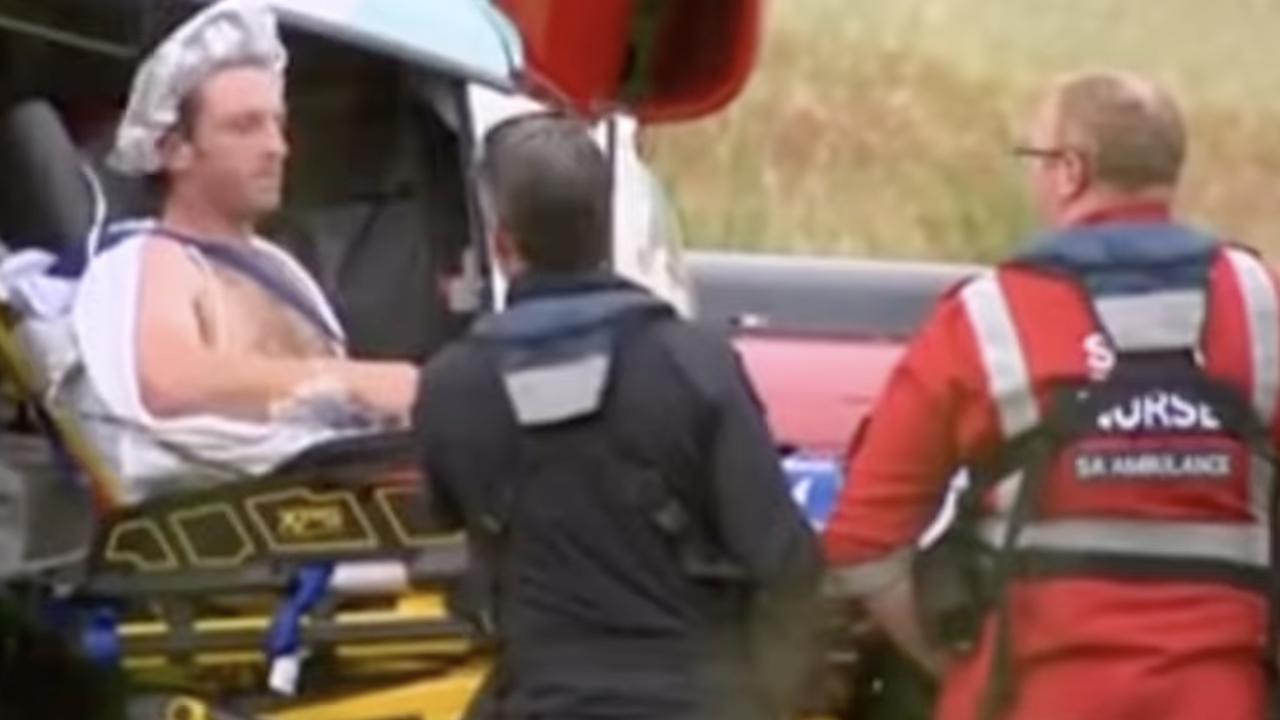Sinister theory behind search for Iranian President’s crashed chopper
With the shock death of Iran’s President setting the Middle East on edge, a sinister new theory has emerged.
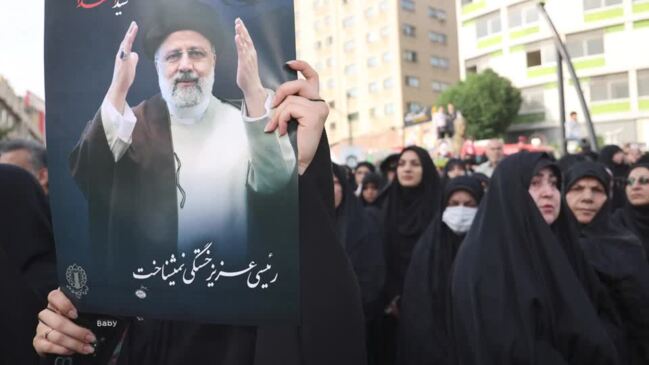
With the shock death of Iran’s President setting the Middle East on edge, a sinister new theory has emerged about the most likely cause of the helicopter crash that claimed the life of Ebrahim Raisi — and why it took so long to find the wreckage.
The 63-year-old hardliner, his Foreign Minister and seven others died when their helicopter crashed into a fog-shrouded mountain on Sunday in a remote area of northwestern Iran near the Azerbaijan border, where the wreckage was only found on Monday morning.
The ultraconservative Raisi — known as the “Butcher of Tehran” — had been in office since 2021, a turbulent time during which Iran was rocked by mass protests, an economic crisis deepened by US sanctions, and armed exchanges with arch-enemy Israel.
Many unanswered questions remain about the crash and wild theories have swirled both inside and outside the country, fuelled by the long period where confusing and contradictory information was provided by Iranian state media about what was initially reported as a “hard landing”.
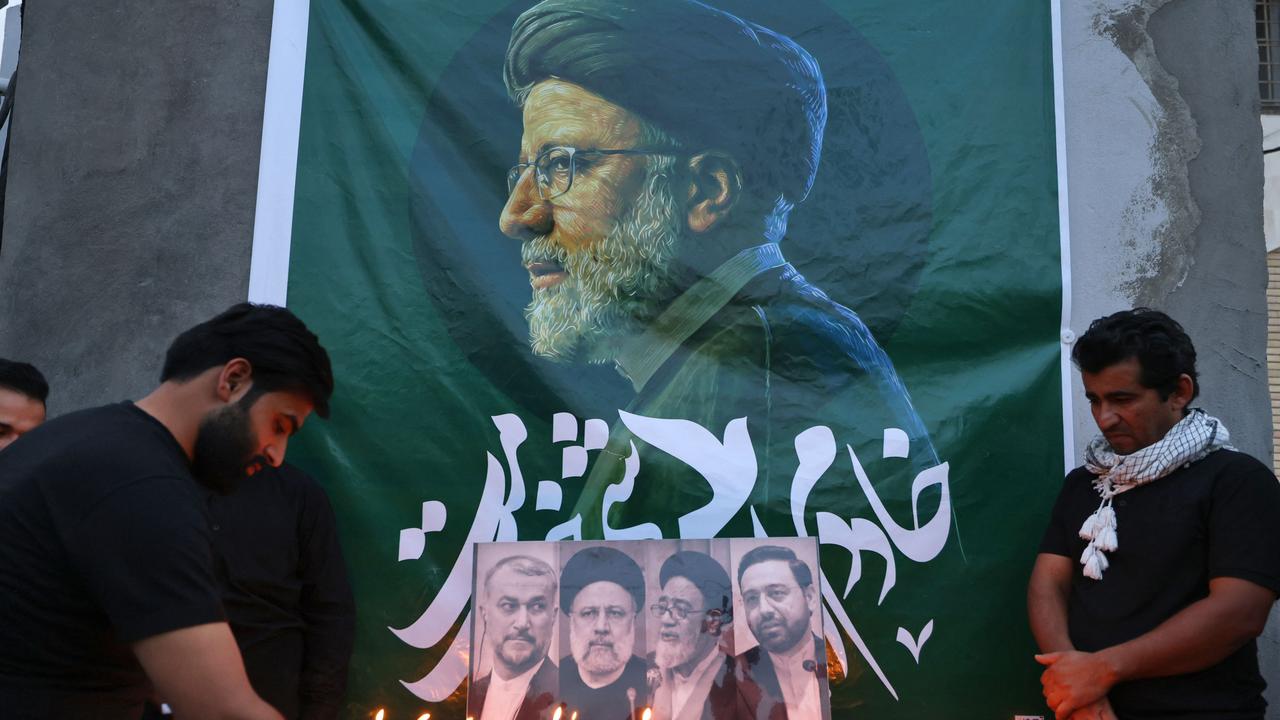

Conspiracy theories
Long-time Iran observers have warned that given the regime’s track record of concealing information, there is little chance of a straight answer any time soon.
“Let’s address the most basic one first: How can a vehicle transporting top officials of a large country — one credited with all manner of sinister powers — simply disappear within its borders and for so long?” wrote The Washington Post’s Jason Rezaian, who served as the newspaper’s Tehran bureau chief before being convicted of espionage in 2015.
“The likeliest answer is that Iranian authorities knew immediately what had happened but dragged their feet while they considered how to inform the nation and the world.”
Rezaian said each of the three main conspiracy theories that proliferated about the crash — that it was an Israeli assassination, the result of an internal power struggle, or simply a sign of Iran’s decay — “all point to weaknesses the regime would prefer to hide”.
While Israel has denied any involvement, it also denied previous instances when it assassinated top Iranian officials both inside and outside the country, including a general in Damascus and a nuclear scientist east of Tehran.
But as The Economist noted, Israel has “never gone so far as to assassinate a head of state, an unequivocal act of war that would invite a fierce Iranian response”, and it would be “foolish to risk such consequences to kill Mr Raisi, a deeply unpopular politician who does not actually have the final say in many of Iran’s most important policy decisions”.
Still, ordinary Iranians “will not dismiss the possibility” that Raisi’s death was intended as a message that Israeli forces “are capable of doing whatever they like inside Iran”, which harms the authoritarian regime either way, Rezaian added.
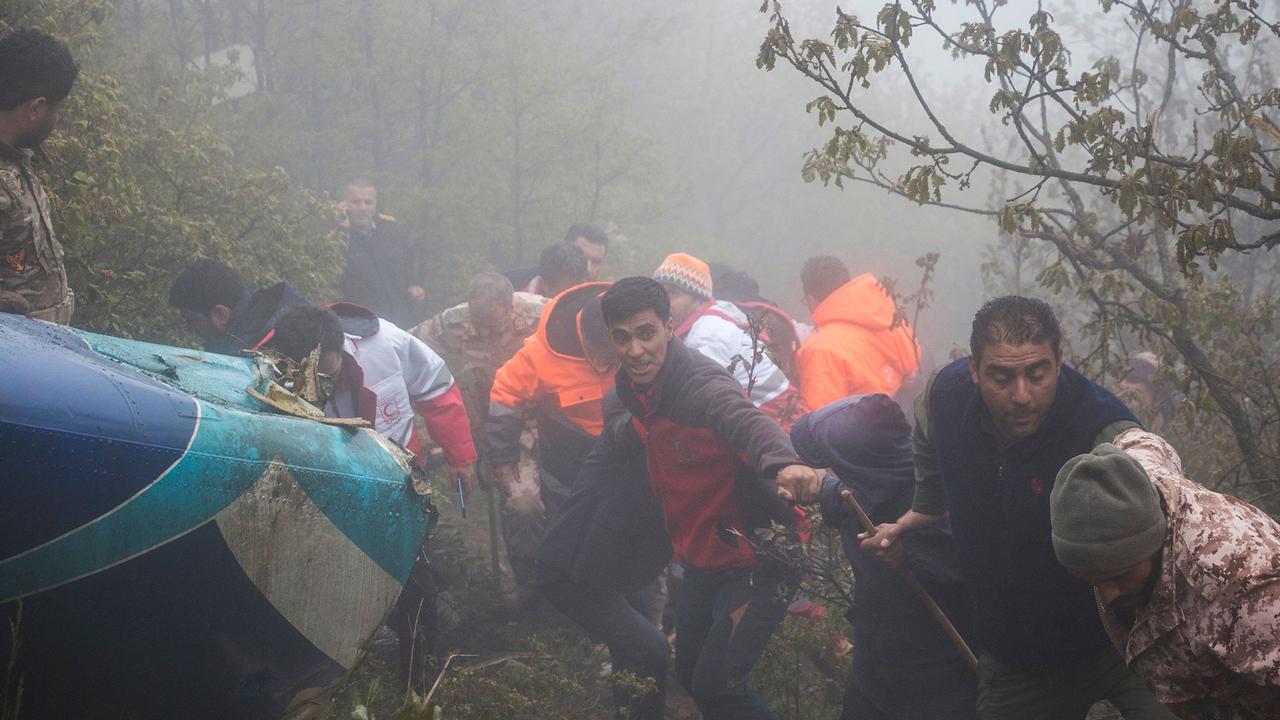
‘Most damning’
Similarly, theories of an inside job, while unlikely, underscore the “long history of violent and unresolved deaths” during rampant internal power struggles over the Islamic Republic’s 45-year history.
“But the most probable cause of this fatal helicopter crash is the least fanciful and most damning: It was an accident that most likely happened because much in the Islamic republic is in an advanced state of decay,” Rezaian said.
He noted Iran was one of the most dangerous places in the world to drive or fly.
On the latter point, Iran’s former Foreign Minister Mohammad Javad Zarif claimed on Monday that the US was “one of the culprits” because of its sanctions that bar Iran from procuring essential aviation parts.
“Still, Iranians have to be wondering: If conditions were so treacherous, why were the country’s president and top members of his cabinet allowed to fly?” Rezaian said.
“Didn’t the Islamic republic have any more advanced methods or equipment for tracking their whereabouts? And if not, what else is the regime neglecting to tend to? In a country where responsibility for failures large and small is almost always attributed to the will of God, one wonders what act of divine intervention will be required to explain this mess.”

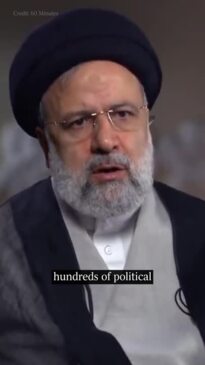
‘Systemic mismanagement’
Holly Dagres, senior fellow with the Atlantic Council and publisher of The Iranist newsletter, said the blame fell squarely on Iran.
“The upper echelons of the clerical establishment are always looking to find a way to blame the United States and Israel for their failings and mishaps,” she told Iran International.
“In this latest iteration, former Foreign Minister Mohammad Javad Zarif is blaming US sanctions on why the helicopter crashed when it was flying in adverse weather conditions. This is just another classic example of the Islamic Republic’s systemic mismanagement. Who decided to put the Iranian president and foreign minister on a helicopter without visibility due to dense fog?”
Dagres noted that despite the sanctions, Iran had no issues investing in drones and missiles.
“It’s well known that the Islamic Republic has an outdated air fleet that uses parts purchased on the black market due to US sanctions,” she said.
“But this is the same government that believes in a ‘resistance economy’ and prides itself on domestically made drones and missiles, which begs the question of why it hasn’t invested in aviation.”
The helicopter was believed to be a 1970s vintage Bell Huey, which had been confiscated from an oil company in the 1980s and used for official business, likely without being adequately maintained.
Analysts suggested Iran could easily have acquired newer helicopters and spare parts from Russia and China, with which it has close ties.

Iran mourns
On Monday, Supreme Leader Ayatollah Ali Khamenei, who wields ultimate power in Iran, declared five days of mourning and said Vice President Mohammad Mokhber, 68, would assume interim presidential duties.
State media reported late on Monday that an election to replace Raisi would be held on June 28.
“The Iranian nation has lost a sincere and valuable servant,” said 85-year-old Khamenei, whom Raisi had been expected by many observers to one day succeed.
Thousands of mourners massed in central Tehran’s Valiasr Square to pay their respects to Raisi and to Foreign Minister Hossein Amir-Abdollahian.
Funeral rites were set to start on Tuesday in Tabriz, East Azerbaijan province, for them and the other victims — three crew, two bodyguards, an imam and a provincial governor — before Raisi’s body was to be taken to Tehran.
Khamenei is expected to lead a prayer at a farewell ceremony for Raisi on Tuesday evening ahead of a funeral procession in the capital the following morning.
Iran’s military chief of staff Mohammad Bagheri ordered “a high-ranking committee to launch an investigation into the cause of the president’s helicopter crash”.

Flags at half-mast
State TV broke the news early on Monday that “the servant of the Iranian nation, Ayatollah Ebrahim Raisi, has achieved the highest level of martyrdom”, showing pictures of him while a voice recited from the Koran.
Flags soon flew at half-mast and a black banner was hoisted at a major Shiite shrine in the city of Qom south of Tehran.
Global allies Russia and China and regional powers voiced their condolences, as did NATO, while the UN Security Council observed a minute of silence.
Condolences also came from Palestinian group Hamas, Lebanon’s Hezbollah and from Syria, all members of the so-called Axis of Resistance against Israel and its allies, amid high tensions over the Gaza war.
The US, which has for decades had a fraught relationship with Iran, offered “official condolences” for Raisi’s death.
However, National Security Council spokesman John Kirby said Raisi “was a man who had a lot of blood on his hands”, adding he was responsible for “atrocious” rights abuses in Iran and had backed the country’s proxies abroad.
Washington had placed Raisi, a former head of the judiciary, on its sanctions blacklist for complicity in “serious human rights violations” — charges Tehran has rejected.
Analysts did not expect major foreign policy changes, pointing out that ultimate power in Iran is held by the supreme leader and the Islamic Revolutionary Guard Corps, who work with a regional network of armed groups.
“It will be [the] status quo,” Jason Brodsky, an expert at the Middle East Institute, told the BBC of Iran’s relations with these groups.
“The IRGC reports to the supreme leader and liaises with Hezbollah, the Huthis, Hamas and the militias across the region. The modus operandi and the grand strategy of the Islamic republic will remain the same.”
US Defense Secretary Lloyd Austin said he did not “see any broader regional security impact” from Raisi’s death.
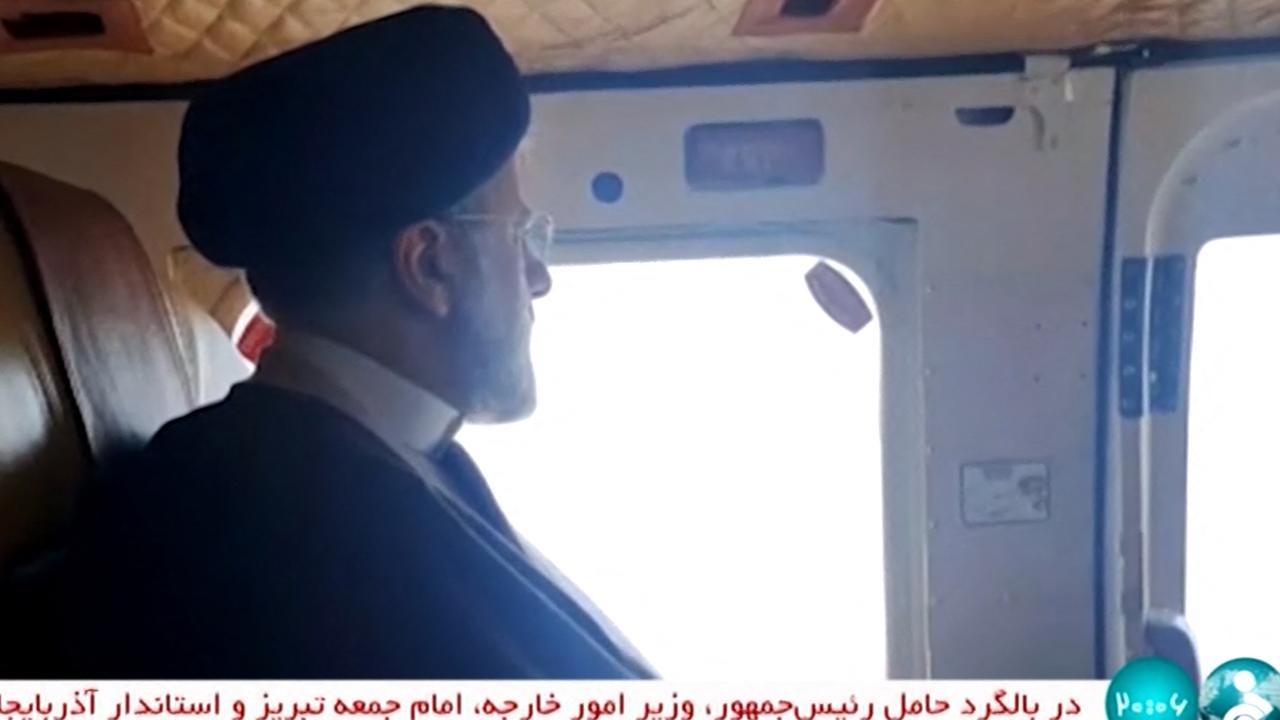

Lost in fog and rain
Iranian authorities first raised the alarm on Sunday afternoon when they lost contact with Raisi’s helicopter as it returned from a border meeting with Azerbaijan’s President Ilham Aliyev to inaugurate a dam.
Only two of the convoy’s three helicopters landed in Tabriz, setting off a massive search and rescue effort, with multiple foreign governments soon offering help.
Washington said that Tehran had asked it for assistance without providing any details. The State Department said the US had been unable to provide any “largely for logistical reasons”.
Interior Minister Ahmad Vahidi at first spoke of a “hard landing” and urged citizens to ignore hostile foreign media channels and get their information “only from state television”.
Guards, army and police personnel joined the search as Red Crescent teams trudged up a steep hillside in the rain while rows of emergency services vehicles waited nearby.
As the sun rose Monday, rescue crews said they had located the destroyed Bell 212 helicopter, with no survivors.
State TV reported that the aircraft had “hit a mountain and disintegrated” on impact, and the Red Crescent soon confirmed that “the search operations have come to an end”.
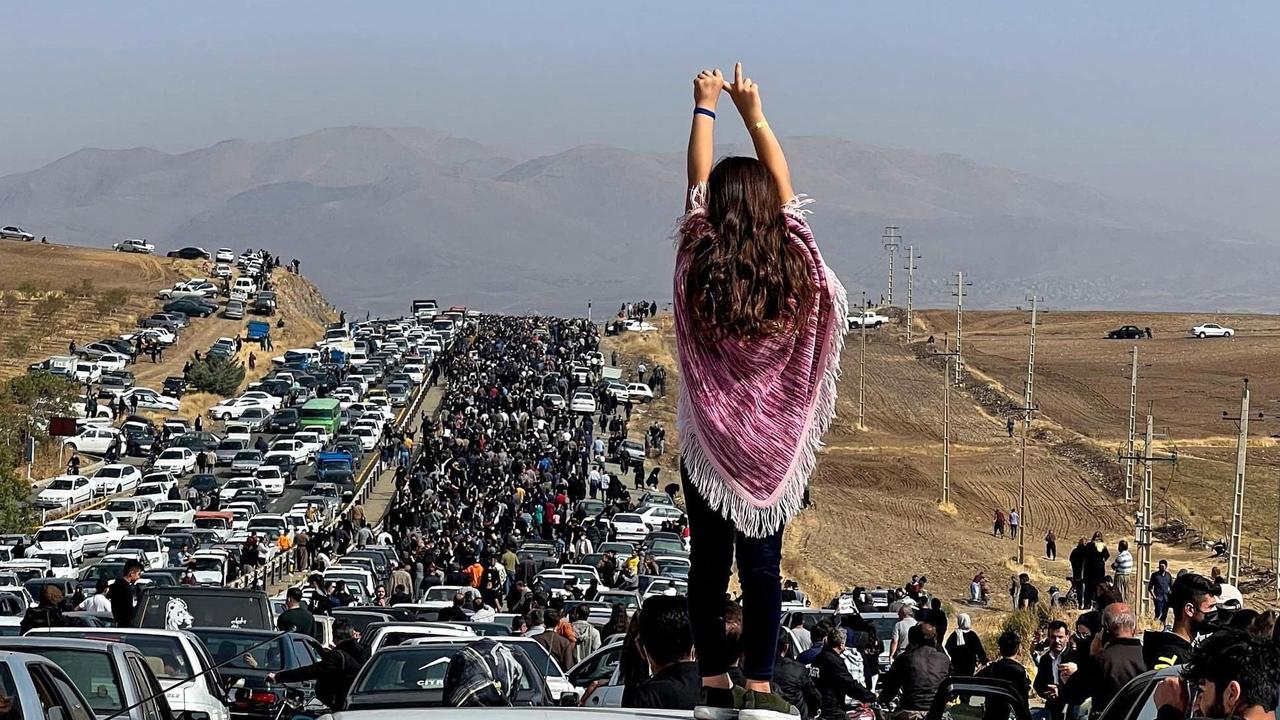
Protests and economic woes
Raisi had in 2021 succeeded the moderate Hassan Rouhani, at a time when the economy was battered by renewed US sanctions over Iran’s contested nuclear program.
Iran saw a wave of protests in 2022 triggered by the death in custody of Iranian-Kurdish woman Mahsa Amini after her arrest for allegedly violating strict dress rules for women.
In March 2023, regional rivals Iran and Saudi Arabia signed a surprise deal that restored diplomatic relations.
The Gaza war sent tensions soaring and a series of tit-for-tat escalations led to Tehran launching hundreds of missiles and rockets directly at Israel in April.
In a speech hours before his death, Raisi emphasised Iran’s support for the Palestinians, a centrepiece of its foreign policy since the 1979 Islamic revolution.
“We believe that Palestine is the first issue of the Muslim world,” said Raisi.
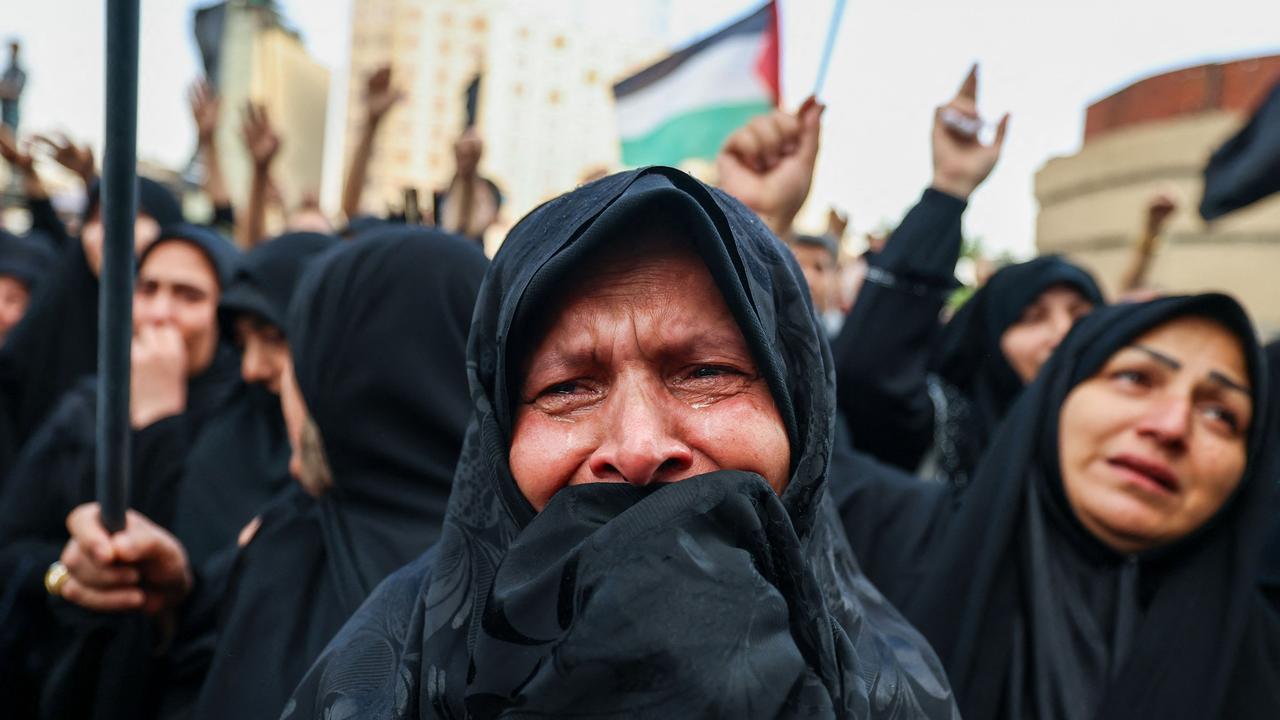
‘Lost a good friend’
China’s President Xi Jinping said “the Chinese people have lost a good friend”, foreign ministry spokesman Wang Wenbin told a press conference.
Iran’s Gulf neighbours Saudi Arabia, the United Arab Emirates, Bahrain, Kuwait, Qatar and Oman sent their condolences.
Jassem al-Budaiwi, secretary-general of the six-member Gulf Cooperation Council (GCC), called it a “tragic accident”.
Russian President Vladimir Putin hailed Raisi as an “outstanding politician” and “a true friend of Russia” in a letter to Khamenei.
France sent condolences to Iran and “the families of the victims of this accident”, in a foreign ministry statement.
Indian Prime Minister Narendra Modi said he was “deeply saddened and shocked by the tragic demise” of Raisi, adding that “India stands with Iran in this time of sorrow”.
Japanese Prime Minister Fumio Kishida said in a statement he was “deeply saddened” by Raisi’s passing, recalling his “candid discussions” with Raisi and the two countries’ “friendly relations”.
Turkish President Recep Tayyip Erdogan announced a national day of mourning. Earlier, he sent “sincere condolences to the friendly and fraternal people and government” of Iran in a message on X.
Brazilian President Luiz Inacio Lula da Silva expressed “sadness” at the news and sent his “condolences”.
Venezuelan President Nicolas Maduro said he was “deeply saddened to have to say goodbye to an exemplary person”.




